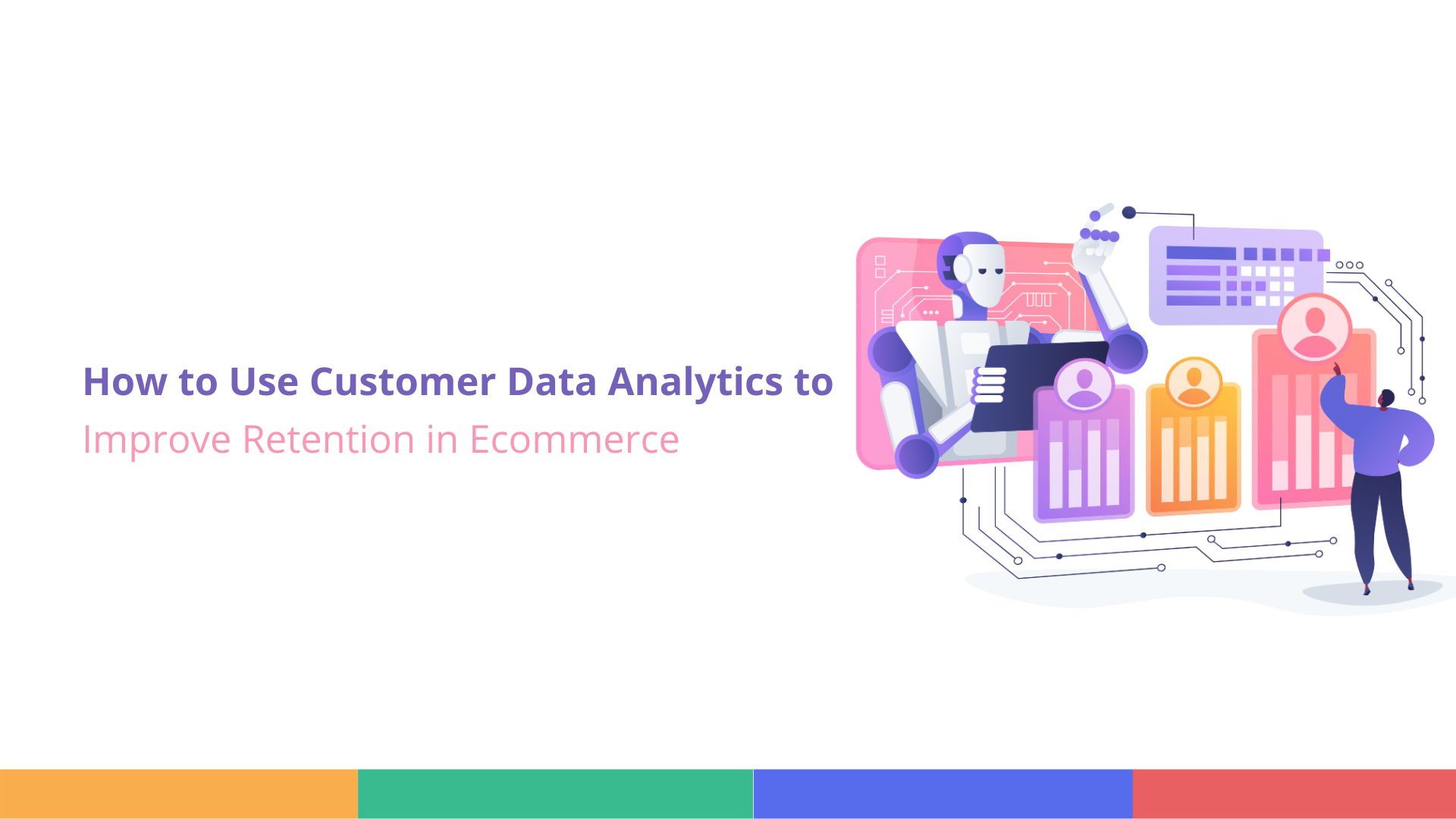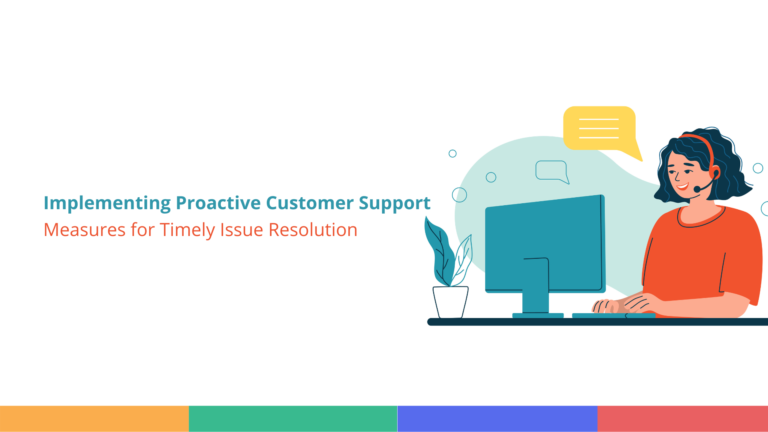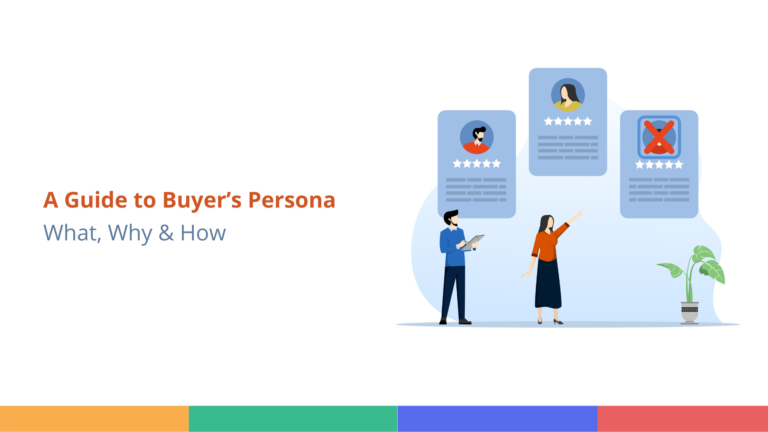Ecommerce is very competitive; attracting customers is just the beginning. The real challenge lies in improve retention and keeping them coming back.
In our previous blog, we explored why customer data analytics is crucial for customer retention. We suggest you read that if you have not done so far. Now let’s explore practical steps for small and medium-sized sellers to leverage customer data analytics for improved retention.
Whether you’re on Amazon, eBay, or your own platform, learn how to turn your sales data into powerful retention strategies.
Here are 8 E-commerce Data Strategies to Improve Retention
Now, let’s dive into the practical steps of using these analytics to keep your customers coming back, whether you’re selling on Amazon, eBay, or your own website.
First, gather your data. As a small or medium-sized seller, you already have valuable information at your disposal. Start with your sales data from your selling platform. Amazon Sellers Central has a wealth of such information. eBay sellers should check such data in the Seller Hub, while Etsy shop owners can find this in the Shop Manager section. Look at who’s buying, what they’re buying, and how often.
Secondly, segment your customers. Create a spreadsheet with columns for Customer ID, Total Purchases, Average Order Value, and Last Purchase Date. Export this data from your selling platform or input it manually if you have a smaller customer base. Then, categorize your customers into groups such as:
- High-value Customers: Those with frequent purchases and high average order value
- Potential Loyalists: Customers who have made more than one purchase but aren’t yet frequent buyers
- At-Risk Customers: Those who haven’t purchased in a while (you define the timeframe based on your product type)
- One-time Buyers: Customers who’ve only made a single purchase
Thirdly, let’s talk about the customer lifecycle. Map out the journey your customers typically take, from their first purchase to becoming a loyal fan. For example, if you’re selling eco-friendly kitchen products on your own website, customers often start with a small item like a reusable straw set before moving on to larger purchases like bamboo dish sets. Identifying these patterns helps you guide customers along this journey.
By understanding this lifecycle, you can create targeted interventions at each stage to enhance retention. For instance, after a customer’s first purchase of a starter item, you could send a notification showcasing other products. This approach not only encourages additional purchases but also demonstrates that you understand and anticipate their needs, fostering loyalty and reducing the likelihood of churn.
Fourth, use analytics. at its core, it’s about using past data to anticipate future behavior if you notice that customers who buy your handmade soap tend to come back for more in about two months, set up a reminder to send them a gentle email or create a special offer just before that two-month mark.
Amazon offers analytics on repeat purchase behavior. Where they can get insights into repeat purchase rates, repeat order sales, and changes over time for brand-registered sellers. You should also pay close attention to the most popular search terms customers use to find products in a brand’s category.
eBay’s central dashboard for sellers includes analytics on repeat customers, their purchase frequency, and average order value. This can help identify your most loyal buyers. Even a simple glance can reveal many useful insights. For example, pay attention to which products customers frequently purchase together.
Fifth, customer feedback is another important thing. Whether it’s reviews on Amazon or direct emails to your Shopify store, this qualitative data adds depth to your numbers. Pay attention to what customers love about your products and what frustrates them. Maybe your unique phone cases are a hit, but customers wish they came in more colors. This insight can guide your product development and marketing strategies.
Sixth, now, let’s look at how analytics can shape your communication. Analyze which of your emails get the most opens and clicks. If you notice that your ‘New Arrival’ emails get the most engagement, consider increasing the frequency of these. But remember, every customer is different. Some might love hearing from you weekly, while others prefer monthly updates. Use your data to find the right balance for each customer segment.
Seventh, addressing churn is important. Use your data to identify warning signs. Perhaps a customer who used to buy your handmade candles every month hasn’t purchased in 60 days. This could be your cue to reach out with a personalized message or offer.
Cross-selling and upselling are powerful retention tools when used correctly. Look at what products are often bought together. If you’re selling artisanal tea on Amazon and notice that customers who buy your green tea sampler often come back for a full-sized pack of jasmine green tea, use this insight to make relevant recommendations. If you wonder about these terms, you can read our blog to understand them better: Importance of Upselling and Cross-Selling in Ecommerce Success (salesoperator.net).
Lastly, consider implementing a loyalty program. Use your data to create a program that truly resonates with your customers. If your data shows that free shipping is a big motivator for repeat purchases, consider offering free shipping after a certain number of orders or a specific spend amount.
Reward your loyal customers with exclusive offers and early access to new products or sales. This not only incentivizes repeat purchases but also makes customers feel valued and special.
It is important to remember that improving customer retention isn’t about drastic changes. It’s about making many small, data-driven decisions that add up to a better customer experience. Your customers are telling you what they want through their actions – your job is to listen and respond accordingly.




